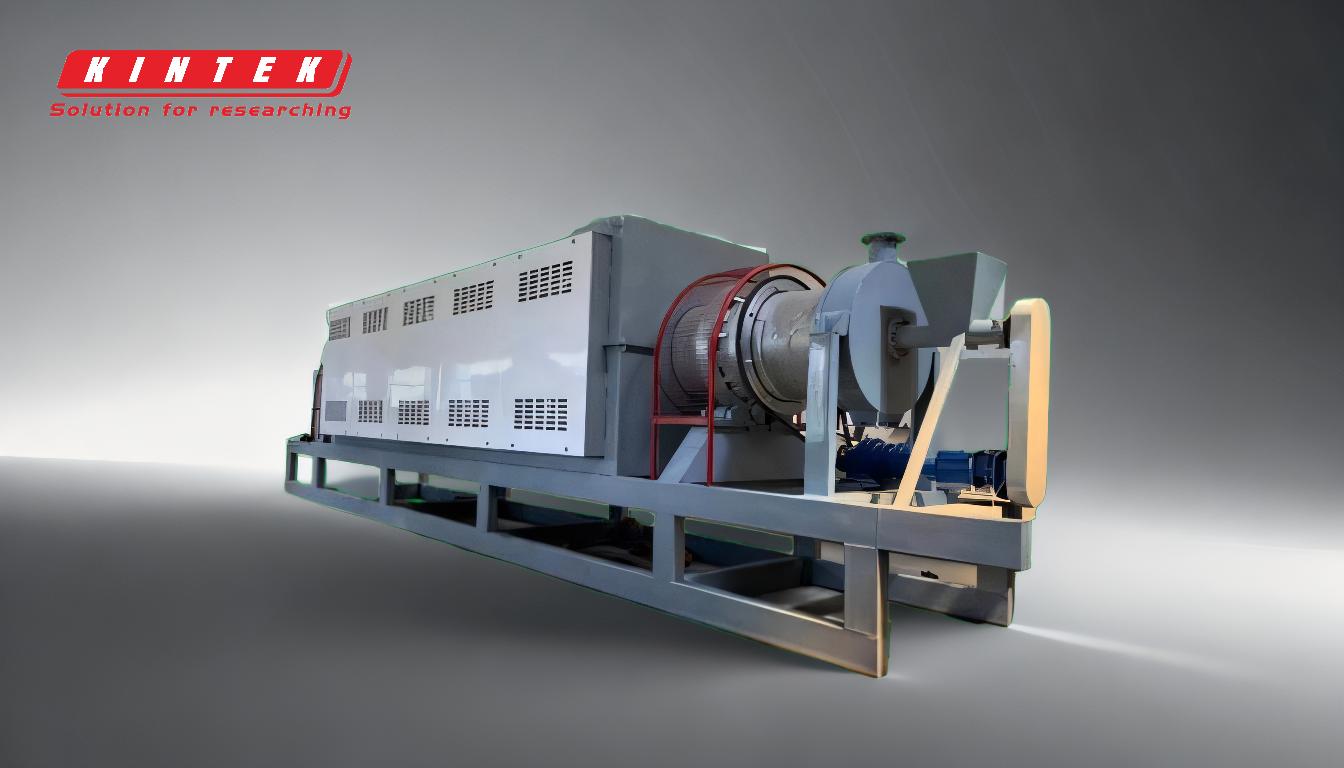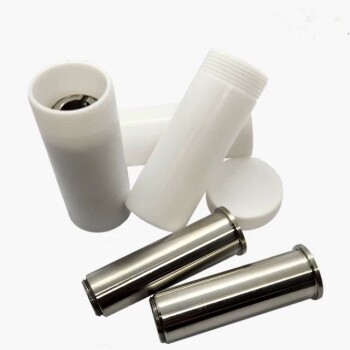A tire pyrolysis plant processes waste tires through thermal decomposition in an oxygen-free environment, producing several valuable end products. The primary outputs are pyrolysis oil (also called fuel oil or tire oil), carbon black, steel wire, and uncondensable gas. These products have diverse industrial applications, such as fuel for energy generation, raw materials for manufacturing, and additives for various industries. The composition and quality of these products can vary depending on factors like pyrolysis temperature, method, and tire composition.
Key Points Explained:
-
Pyrolysis Oil (Fuel Oil/Tire Oil):
- Description: Pyrolysis oil is a dark liquid fuel derived from the thermal breakdown of rubber and other organic materials in tires. It is the most significant product by volume.
-
Applications:
- Used as industrial fuel for boilers, furnaces, and power generation.
- Can be further refined into diesel or other fuels for additional value.
- Acts as a raw material for chemical production.
-
Factors Affecting Quality:
- Pyrolysis temperature and duration.
- The composition of the tires (e.g., natural vs. synthetic rubber).
- The presence of impurities or contaminants.
-
Carbon Black:
- Description: Carbon black is a fine, powdered material consisting of carbon particles. It is a byproduct of the pyrolysis process and is collected after the removal of oil and gas.
-
Applications:
- Used as a reinforcing agent in tire manufacturing and rubber products.
- Added to inks, paints, and coatings for color and durability.
- Used in asphalt modifiers to improve road quality.
- Acts as a filler in plastics and other industrial materials.
-
Factors Affecting Quality:
- The pyrolysis process conditions (e.g., temperature, heating rate).
- The type of tires processed (e.g., passenger vs. truck tires).
- Post-processing techniques (e.g., grinding, purification).
-
Steel Wire:
- Description: Steel wire is the metallic reinforcement found in tires. During pyrolysis, it is separated from the rubber and collected as a solid residue.
-
Applications:
- Recycled for use in manufacturing metal abrasives and other steel products.
- Used in construction materials and industrial machinery.
- Sold to steel mills for remelting and reprocessing.
-
Factors Affecting Recovery:
- The quality and quantity of steel in the input tires.
- The efficiency of the separation process during pyrolysis.
-
Uncondensable Gas:
- Description: Uncondensable gas is a mixture of light hydrocarbons and other gases produced during pyrolysis. It cannot be liquefied under normal conditions.
-
Applications:
- Used as a fuel source to heat the pyrolysis reactor, making the process self-sustaining.
- Can be captured and used for energy generation in gas turbines or engines.
-
Factors Affecting Composition:
- Pyrolysis temperature and pressure.
- The chemical composition of the tires.
- The efficiency of the gas collection and storage system.
-
Variability in Product Composition:
- The exact composition and yield of the products depend on several factors:
- Pyrolysis Method: Continuous vs. batch processes may yield different product ratios.
- Temperature: Higher temperatures may increase gas production, while lower temperatures favor oil and carbon black.
- Tire Composition: Different types of tires (e.g., passenger, truck, or industrial) contain varying amounts of rubber, steel, and additives, affecting the final product mix.
- Process Conditions: Factors like heating rate, reactor design, and post-processing techniques influence product quality and quantity.
- The exact composition and yield of the products depend on several factors:
-
Environmental and Economic Benefits:
- Waste Reduction: Tire pyrolysis plants help reduce the environmental impact of waste tires by converting them into valuable resources.
- Resource Recovery: The process recovers materials like oil, carbon black, and steel, which can replace virgin resources in various industries.
- Energy Efficiency: The use of uncondensable gas as a fuel source reduces the need for external energy inputs, making the process more sustainable.
In summary, a tire pyrolysis plant transforms waste tires into pyrolysis oil, carbon black, steel wire, and uncondensable gas. These products have wide-ranging industrial applications, making the process both economically viable and environmentally beneficial. The quality and yield of the products depend on the pyrolysis conditions and the composition of the input tires.
Summary Table:
| Product | Description | Applications | Factors Affecting Quality |
|---|---|---|---|
| Pyrolysis Oil | Dark liquid fuel from thermal breakdown of rubber and organic materials in tires. | Industrial fuel, refined diesel, chemical production. | Pyrolysis temperature, tire composition, impurities. |
| Carbon Black | Fine powdered carbon particles collected after oil and gas removal. | Tire manufacturing, inks, paints, asphalt modifiers, plastics. | Pyrolysis conditions, tire type, post-processing techniques. |
| Steel Wire | Metallic reinforcement separated from rubber during pyrolysis. | Recycled for steel products, construction, industrial machinery. | Steel quality in tires, separation efficiency. |
| Uncondensable Gas | Light hydrocarbons and gases used as fuel or for energy generation. | Self-sustaining reactor heating, gas turbines, engines. | Pyrolysis temperature, tire composition, gas collection efficiency. |
Transform waste tires into valuable resources—contact us today to learn more about tire pyrolysis plants!









